According to research, Golden Flower Pu'er uses Yunnan Pu'er raw tea, inheriting and adapting the imperial tea-making techniques of the Song Dynasty while incorporating modern biological fermentation technology to produce premium Fuzhuan tea rich in beneficial Eurotium cristatum.
"Golden Flower," scientifically known as "Eurotium cristatum," is a natural probiotic formed during the "flowering" process of Fuzhuan tea under specific temperature and humidity conditions. So far, it is the only microorganism explicitly listed in the national standard for Fuzhuan tea. Discovered less than 30 years ago, this microorganism was previously found only occasionally on thousand-year-old lingzhi mushrooms, thriving especially in dark teas like Fuzhuan. An old saying goes: "Pu'er is everywhere, terrace tea is inferior, blended tea is mediocre, ancient tea is excellent, pure ancient tea is supreme, silver frost is rare, but golden flowers are rarer." Pu'er with golden flowers is considered the pinnacle of Pu'er.
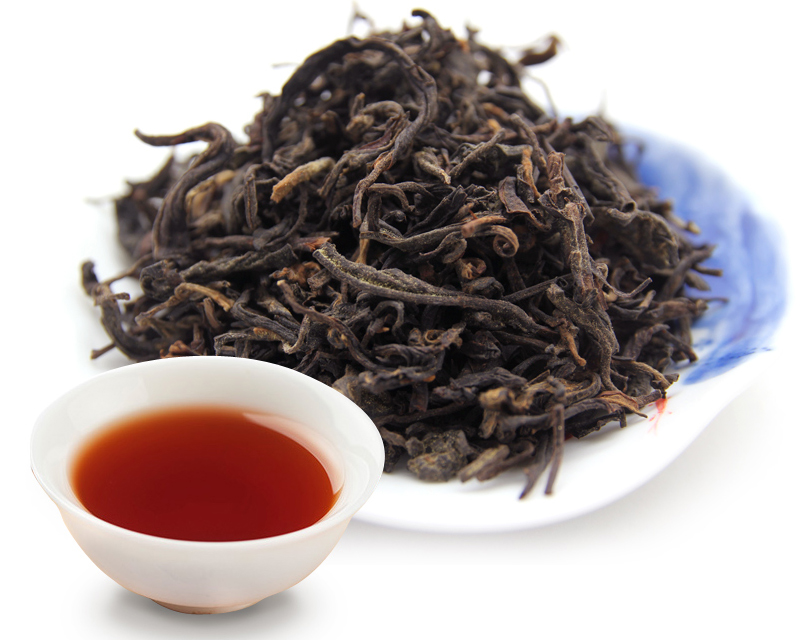
Unique to dark tea, this probiotic, also called the "Tyrant Bacterium," secretes amylase and oxidase, catalyzing the conversion of proteins and starch in tea into monosaccharides and oxidizing polyphenols into health-beneficial compounds. This enhances the tea's flavor and quality. The bacterium effectively inhibits the spread of colon, stomach, and liver cancer cells. Under high magnification, the golden flowers appear as golden spherical mushrooms. Extensive research and clinical data show that Eurotium cristatum's effects are remarkably similar to lingzhi spore powder, boosting immunity, preventing cancer, combating oxidation and aging, and promoting longevity. Its fat-burning efficacy surpasses all other probiotics, making dark tea a global research focus.
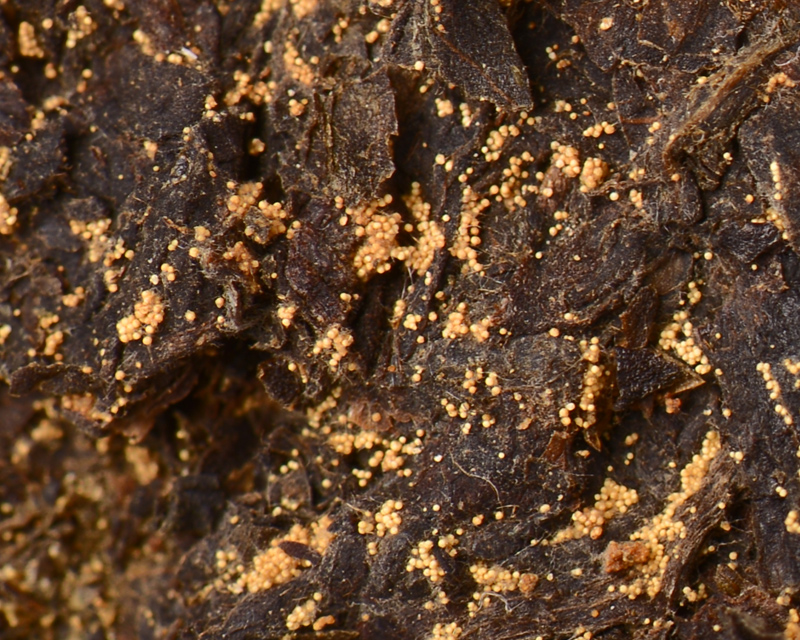
Recent studies by Hunan Agricultural University reveal that Eurotium cristatum (Golden Flower) positively impacts longevity and significantly improves gut health, reduces the "three highs" (hypertension, hyperlipidemia, hyperglycemia), and manages diabetes.
Professor Lin Zhi, Secretary-General of the China Tea Culture International Exchange Association and Director of the Editorial Committee for China's Higher Education Tea Culture Series, notes that long-term consumption of dark tea helps prevent fatal diseases like cancer. Scientists are further exploring the value of Golden Flowers.
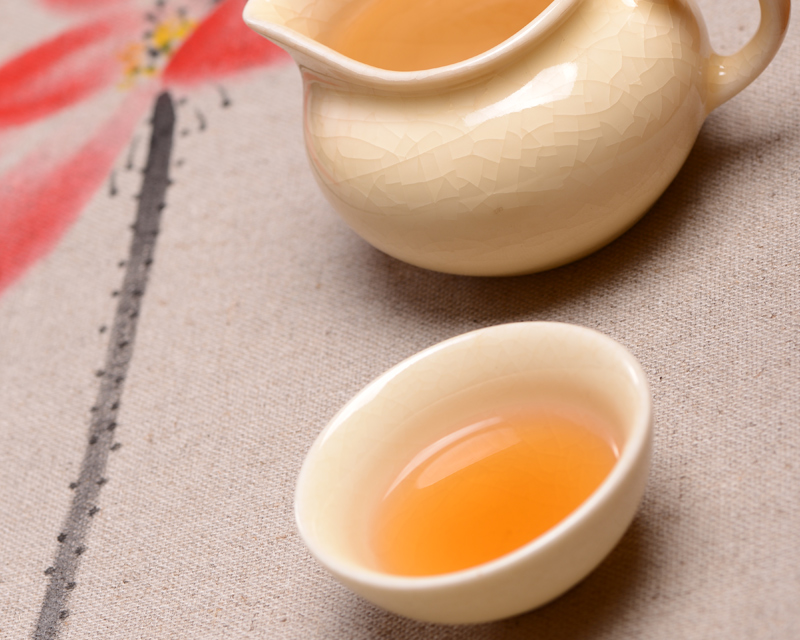
What sets Golden Flower Pu'er apart is its "Golden Flower" component. This refers to the intentional cultivation of Eurotium cristatum during processing, giving the tea a faint floral aroma. When brewed, this aroma blends into the tea, enriching its flavor with a robust, slightly astringent, and pure taste. Golden Flowers also regulate metabolism, offering health benefits. Historically, during the Qing Dynasty, General Zuo Zongtang's troops introduced this tea to Xinjiang, where it became a staple for its digestive and warming properties. Later compressed into bricks for easier transport, it gained further popularity.
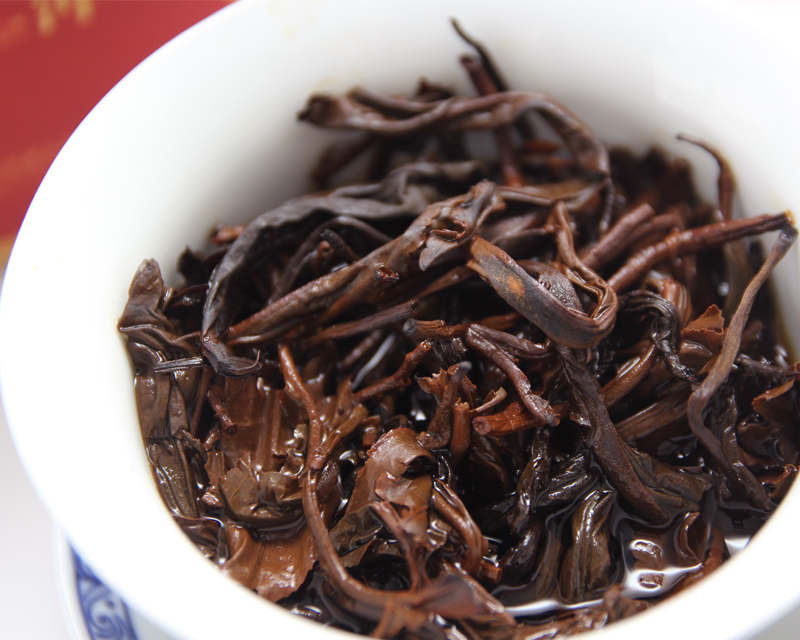
Research confirms Eurotium cristatum as a highly beneficial probiotic, classified as a national secret. Despite attempts by Japan and South Korea to replicate the technology, Golden Flowers thrive only in unique environments. Studies show they lower blood lipids, regulate sugar metabolism, and more. Modern medicine validates their effects, with Japanese experts ranking Golden Flower tea as the top weight-loss beverage, dubbed "Slimming Tea" in Japan, "Beauty Tea" in Korea, and "Healthy Slim Tea" in Southeast Asia. Ongoing research continues to uncover new benefits, including cardiovascular protection, detoxification, anti-aging, and more, making Golden Flower Pu'er a "health treasure trove."
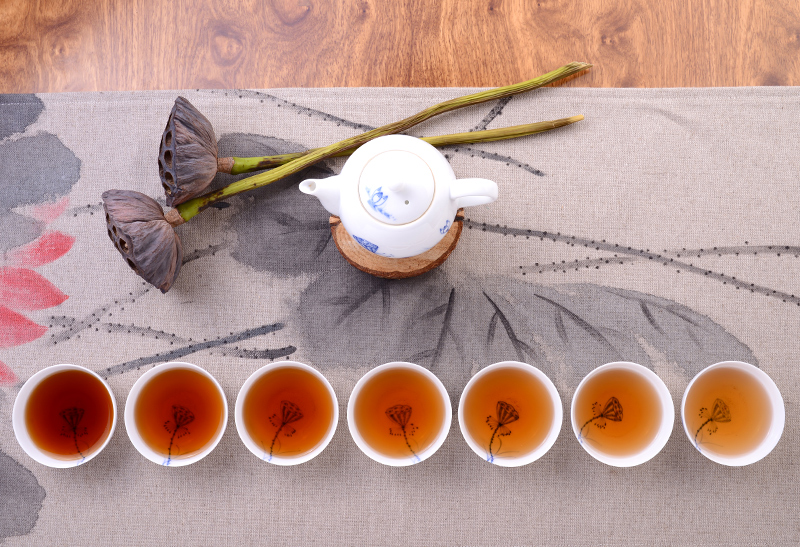
Japanese researchers extract Golden Flowers for health supplements priced higher than gold. Yet, while people spend heavily on synthetic health products, the affordable and potent dark tea remains underappreciated. Professor Liu Zhonghua of Hunan Agricultural University identified two unique compounds in Fuzhuan tea—Fuzhuanin A and B—with significant lipid and sugar metabolism benefits. Older teas may show fewer visible Golden Flowers, but their activity persists, enhancing the tea's quality over time. The uneven distribution of Golden Flowers in batches is due to variations in fermentation conditions. Further research is needed to fully quantify their value.